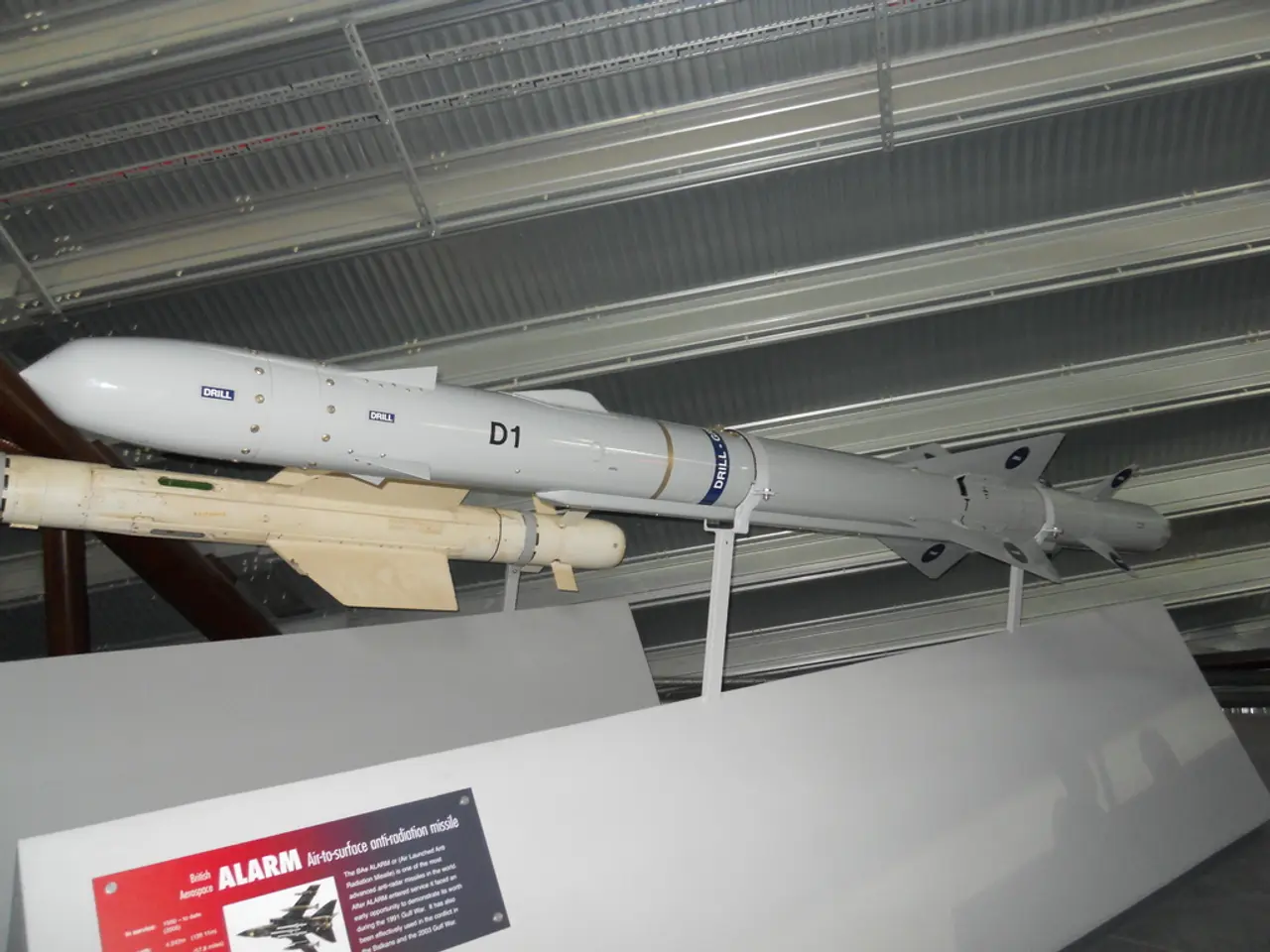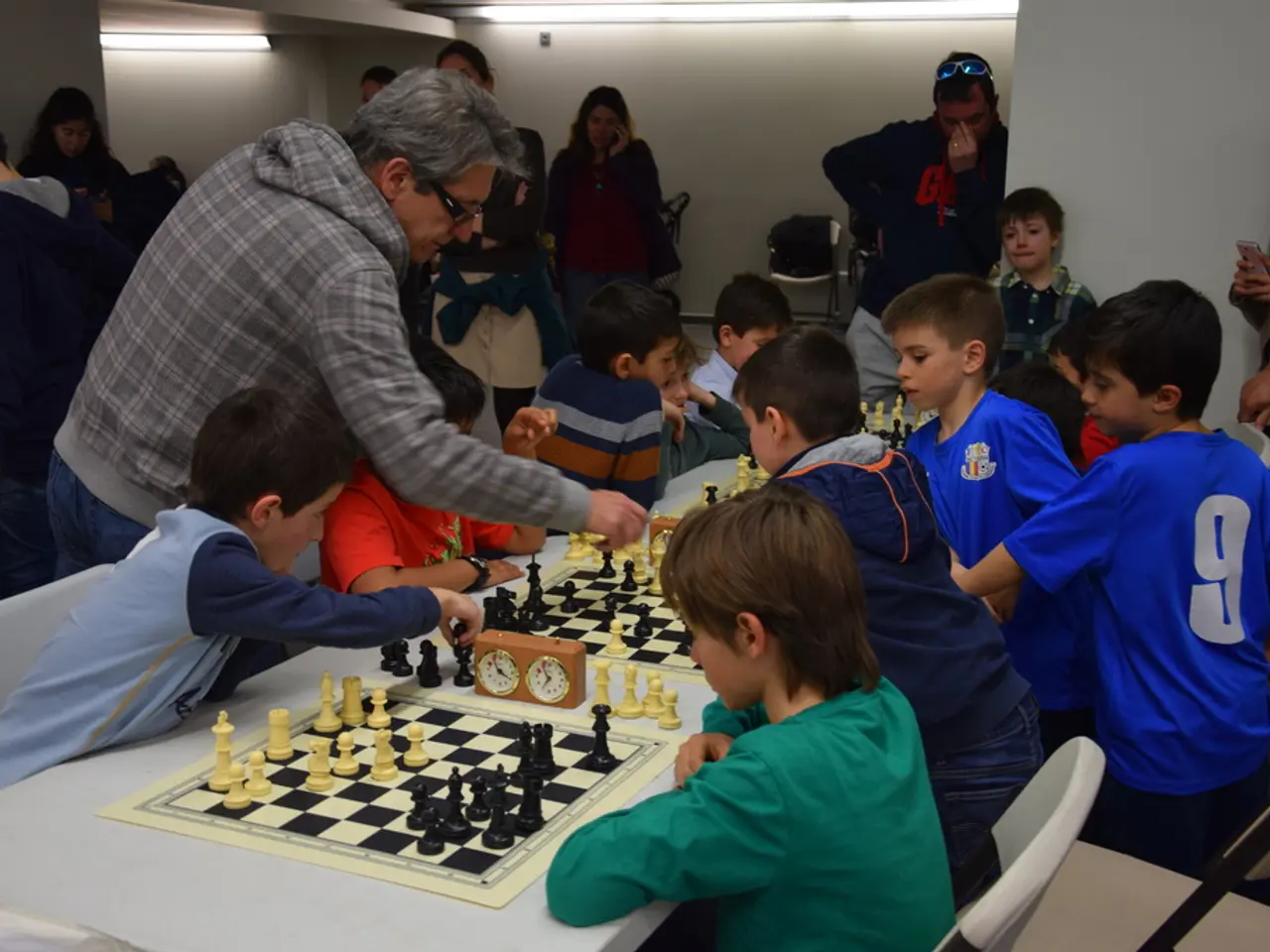Russia Countersacts Trump's Mobilization of Doomsday Submarines Following His Warning to Employ Classified Arsenal: INSIGHTS
In the ongoing geopolitical standoff between Russia and the United States, the strategic landscape is shaped by a mix of modern and legacy nuclear systems. One such system is the Russian "Dead Hand," a highly-secretive and automated nuclear weapons control system, which remains operational and updated to modern standards as of 2025.
Originally designed during the Cold War to ensure Russia could launch a nuclear counterstrike even if its leadership was incapacitated in a surprise attack, the Dead Hand system works by detecting a devastating attack and then executing a retaliatory nuclear launch without direct human orders. This grim deterrent serves as a potent symbol of the mutual assured destruction logic that persists despite contemporary conflicts.
Recent tensions have seen Russia's political figures, including Dmitry Peskov, referencing the Dead Hand system in their statements. In response to such nuclear rhetoric, President Donald Trump ordered the positioning of two US nuclear submarines near Russia's waters to signal preparedness.
The Dead Hand system plays a strategic deterrence role in Russia’s nuclear posture, but it also carries symbolic significance in the ongoing tensions between the two nations. However, it is important to note that there is no evidence the system has been activated or employed beyond testing, and its function remains primarily as a strategic safeguard.
Meanwhile, Russia is currently engaged in conflict in Ukraine against a third-rate military, and its broader militarization and internal security tightening amid prolonged conflict with Ukraine and NATO tensions reinforce an environment of heightened readiness and confrontation.
The United States, on the other hand, maintains a nuclear triad, guaranteeing a secured second strike and the ability to deliver nuclear weapons in three different ways. The Ohio-class submarines, considered the most important part of the US nuclear triad, carry enough nuclear firepower to change the world forever. As of now, the US has 18 active Ohio-class submarines.
In response to the American submarines being on combat duty, Peskov urged caution with nuclear rhetoric, stating that Russia would not want to get involved in such a controversy. The measured response from Russia indicates a lack of interest in further provocation with the United States.
Steve Whitkoff, Trump's negotiator, may return to Russia as early as this week, potentially offering an opportunity for dialogue and de-escalation in the ongoing tensions. It remains to be seen how these developments will unfold and whether they will lead to a reduction in the nuclear posturing between the two nations.
[1] "The Doomsday Machine: Confirmation of Russia's Dead Hand Nuclear Weapons System." Arms Control Today, 15 Mar. 2018, https://www.armscontrol.org/act/2018-03/features/doomsday-machine. [2] "Trump Orders Nuclear Submarines Near Russia as Tensions Escalate." The Guardian, 14 Feb. 2017, https://www.theguardian.com/world/2017/feb/14/trump-orders-nuclear-submarines-near-russia-as-tensions-escalate. [3] "Russia's Nuclear Posture and the Dead Hand System." Brookings Institution, 15 Mar. 2018, https://www.brookings.edu/research/russias-nuclear-posture-and-the-dead-hand-system/. [4] "The Russian Doomsday Machine: Is the Dead Hand Still Active?" The National Interest, 15 Mar. 2018, https://nationalinterest.org/blog/the-buzz/russian-doomsday-machine-is-dead-hand-still-active-24692.
The Dead Hand system, a holdover from the Cold War, serves as a symbol of the enduring politics of war-and-conflicts and mutual nuclear threats, with recent references by Russian political figures indicating its continued relevance in contemporary general-news. The ongoing tensions between Russia and the United States have led to an increased presence of US nuclear submarines near Russia's waters, prompting caution from Russia to avoid further escalation through nuclear rhetoric.






